Andrew Fairlie, a Roux scholar in 1984, trained briefly in 1985 under the iconic Michel Guerard and also at Crillon in Paris before taking a number of positions in the UK including chef de cuisine at One Devonshire Gardens in Glasgow in 1994. In 2001 he moved to the famous Gleneagles Hotel, set in 850 acres of grounds and dating back to 1924.
The Andrew Fairlie Dining Room itself is a windowless room in the main hotel building. It is lit reasonably well, but the room itself feels a little gloomy with its dark brown painted walls; it is carpeted, so noise levels are fairly low. Two paintings of chef Andrew Fairlie hang on the walls looking down on the diners, which is more than the chef himself could manage on the evening of my visit (he had a night off).
The a la carte menu is £85 for three courses, with a six course tasting menu at £95 and an eight course one at a hefty £125. The wine list, which was not lengthy by the standards of two star Michelin restaurants, started at around £28 and included wines such as Gravitas Sauvignon Blanc 2007 for £45 compared to a shop price of about £14, the excellent Jermann Vintage Tunina 2008 at a chunky £110 for a wine that retails at £30, up to grander wines such as Cheval Blanc 1986 at £850 for a wine that will set you back £321 in the shops. These mark-ups levels would raise eyebrows in London. Bread was made from scratch and had a good crust and excellent flavour (18/20).
Nibbles consisted of a cep and duck consommé jelly, with a Madeira cherry pistachio crumb; this worked well, the jelly having good texture, the duck flavour coming through well and the crumb adding a texture contrast (18/20). Next was an amaretti granita with lemon sour foam; this was an odd mix of bitter and acidic; although the textures were fine, the granita seemed to me over-sweetened to compensate for the bitterness of the amaretti and the lemon foam over-acidic (13/20).
My starter was scallop with eel tempura and a bonito stock. This was a quite successful dish, though for me the good quality scallop was cooked a fraction long and the seasoning was a little heavy on the salt, but the stock was well-balanced; the tempura batter was light (17/20). I tasted free range hen’s egg with pea velouté, girolles and summer truffles. The pea flavour came through well in this and the girolles were excellent (17/20).
My main course of loin of venison was carefully cooked and had good flavour, served with pea puree, baby gem lettuce, venison chorizo, fried polenta balls, tomato puree, artichokes, onion and venison jus. The dish felt a bit too busy in terms of numbers of elements (a recurring theme) but worked well enough (17/20). I also tasted carefully poached (and then finished a la plancha) halibut on sea lettuce with baked potato and caviar. This came with a beurre blanc, cooked razor clams and a jus made from the razor clams, supplemented by sea aster and sea parsley, the baked potatoes coming with crème fraiche and chives; since this number of components was obviously not enough, some caviar was added. The dish was well made, but there was an awful lot going on (strong 16/20).
My dessert was probably the best dish of the night, a chocolate extravaganza including a rich fondant, assorted tuiles, ice cream and a sort of Aero-bar style biscuit. This was nicely presented and all the elements were lovingly made (18/20). This was a lot better than an ordinary apricot puree and pineapple pre-dessert, whose apricots were of ordinary quality (15/20).
Service was good throughout the evening, with careful topping up and waiters that could answer questions about the dishes. The bill came to £160 before service with some fairly modest wine. Overall this was a good meal, and I can just about get my mind around a 17/20 overall score, but I actually slightly preferred both Tom Kitchin and Martin Wishart’s cooking, and it is far from clear to me why they have a single Michelin star apiece and this restaurant has two. Perhaps the food is better when the chef actually graces the kitchen with his presence.



















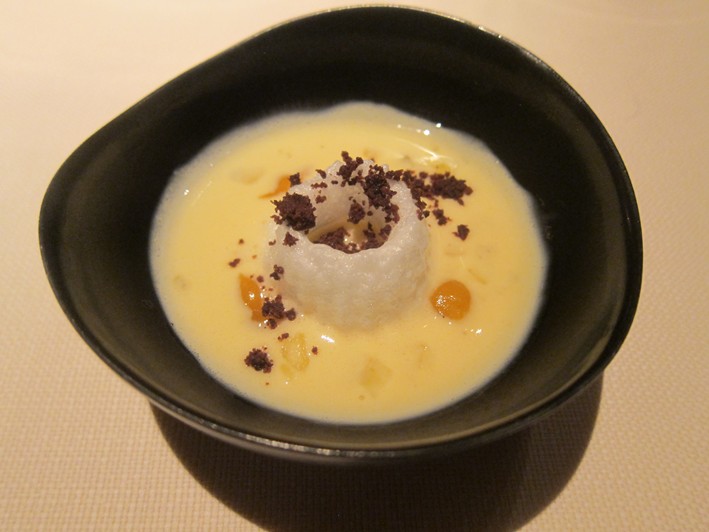

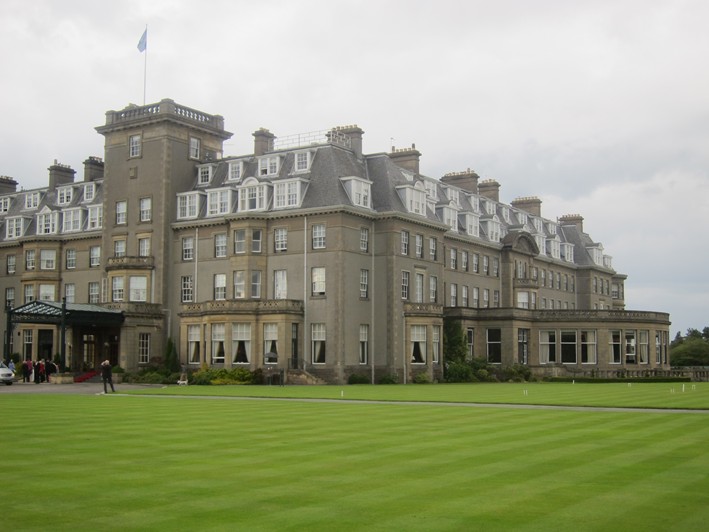
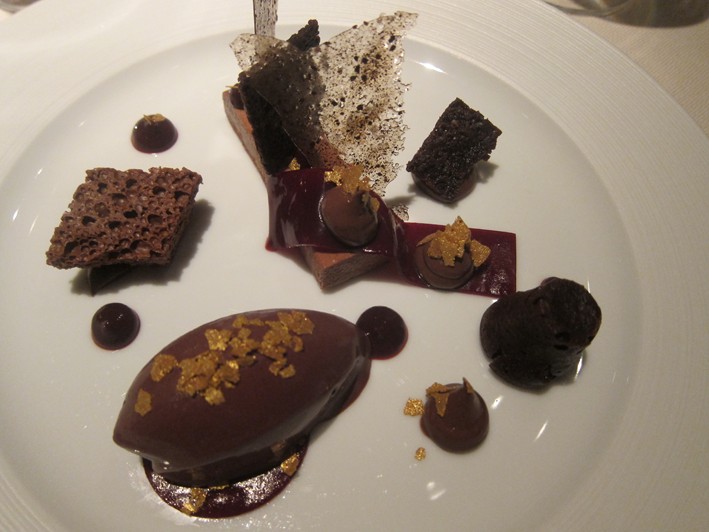
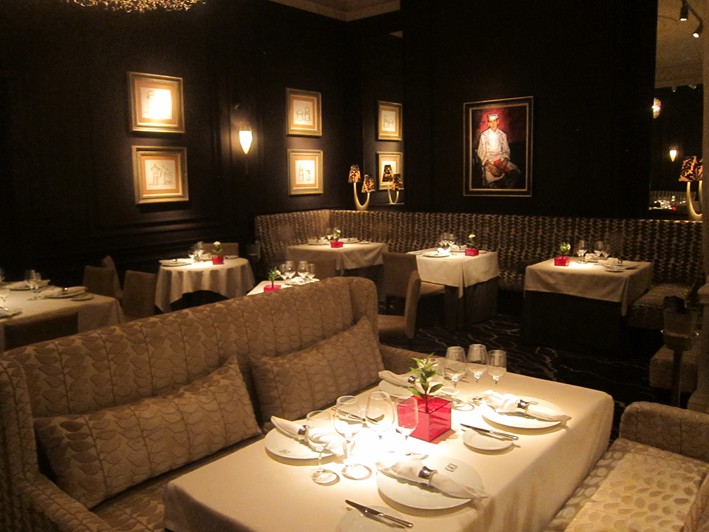
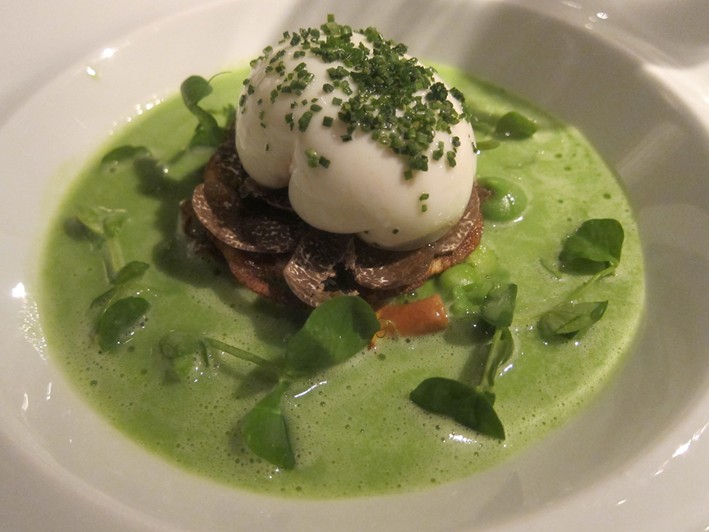
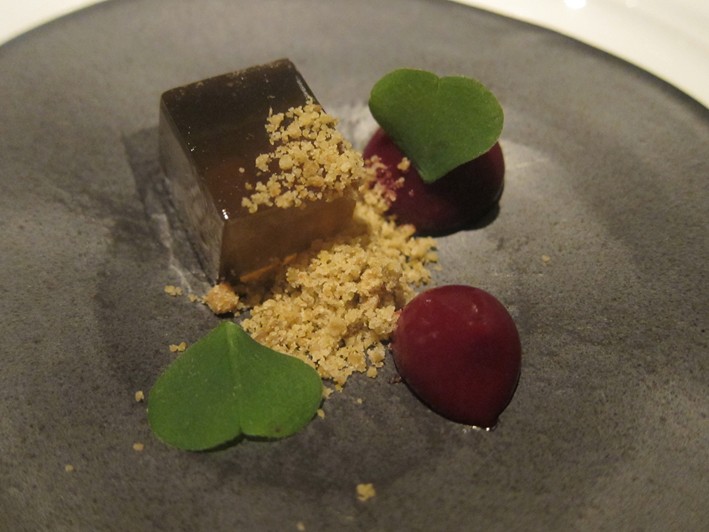
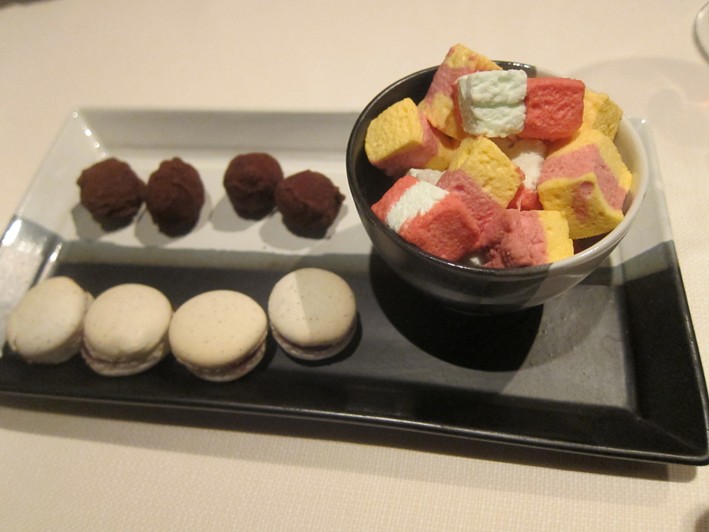
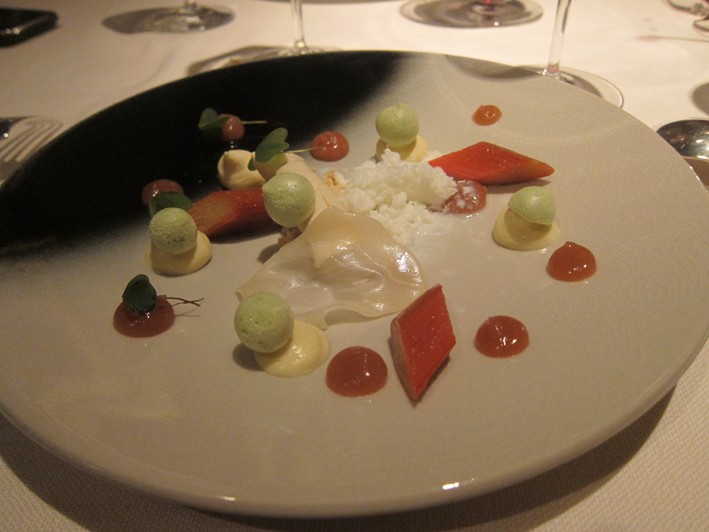
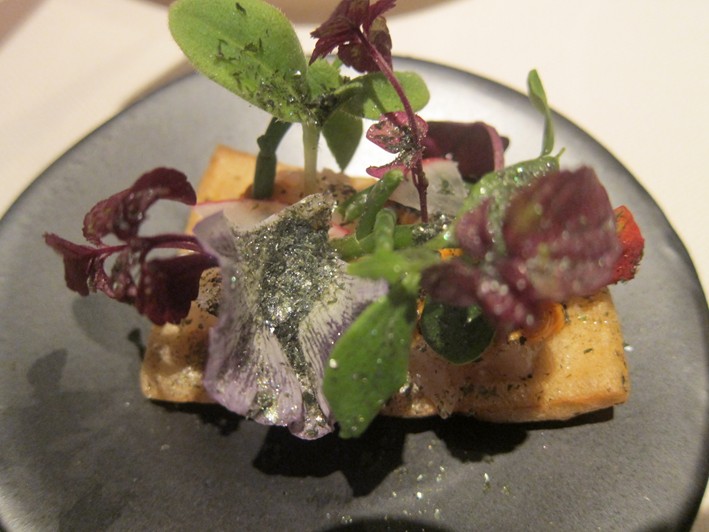
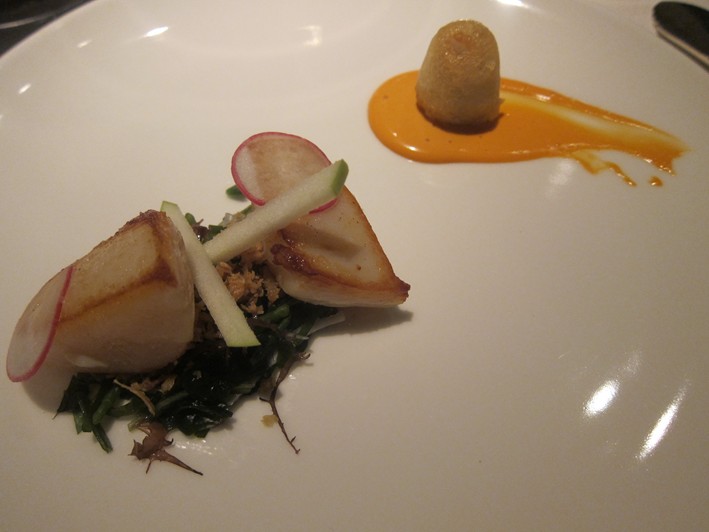
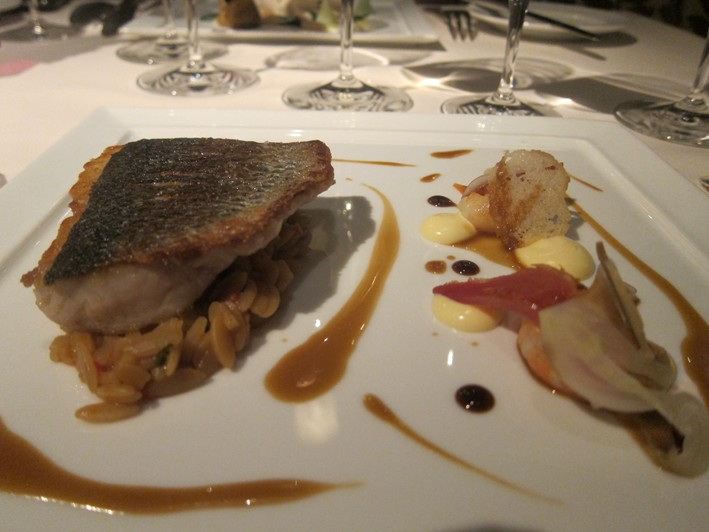
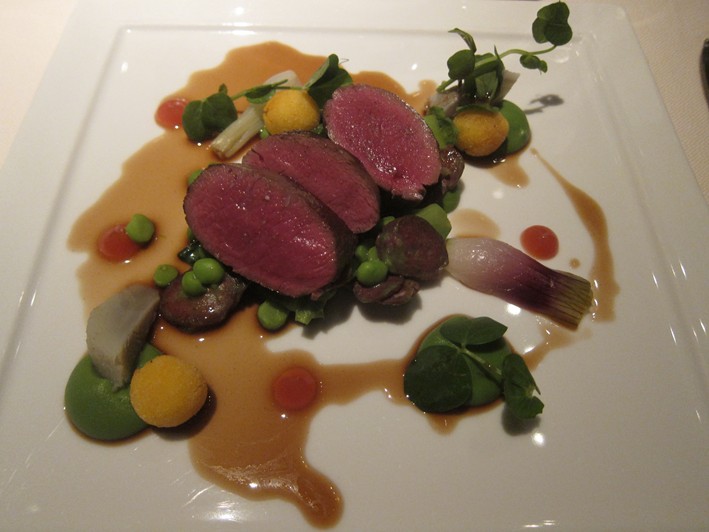
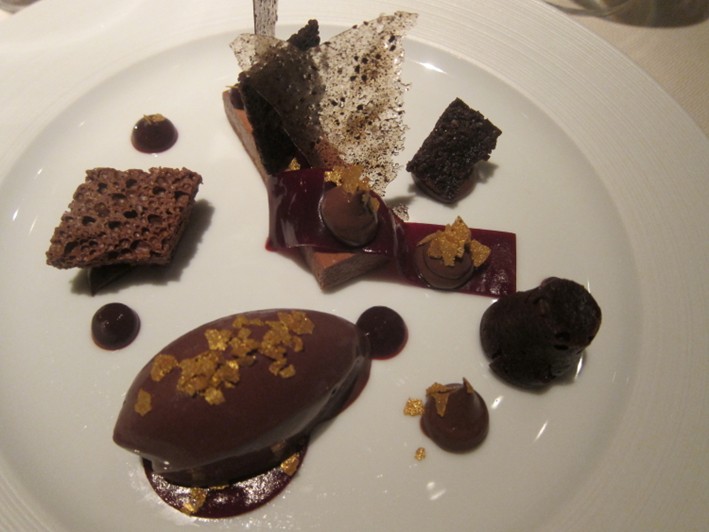


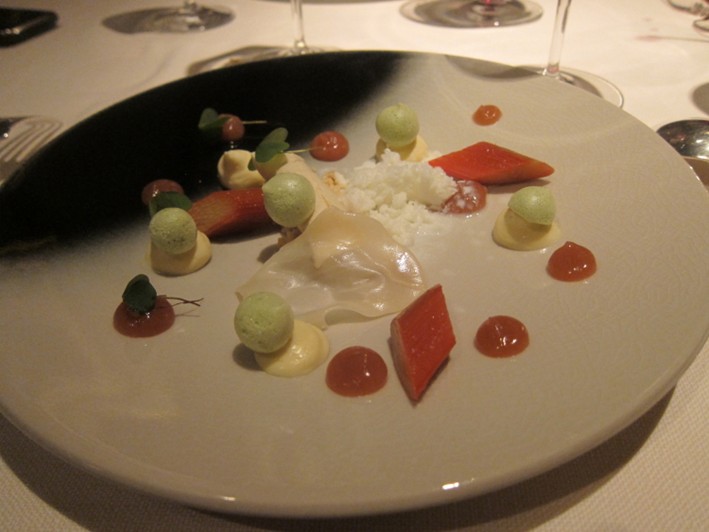
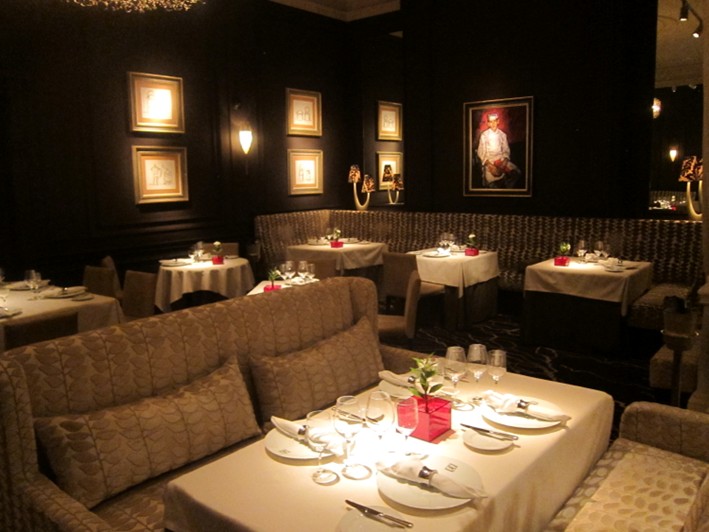

Jeffrey merrihue
I have eaten here 5 times...never better than 13/20....definitely prefer Kitchin...
Heather J
I agree completely that it's impossible to understand why Fairlie has two stars and Wishart's only one. We've been twice in the last year and won't go again. Decidedly mixed service; some too-heavy dishes and some that just lacked 'oomph' and taste impact.
Adrian Turner
I too was in Scotland recently. I would never go to Andrew Fairlie's because Gleneagles is just so not us! An American golfing zone, I think. I did, though, dine at The Kitchin and Martin Wishart in Leith and much, much preferred The Kitchin which seemed far more relaxed and offered some stunningly fresh and gutsy food. A first course of lobster with ceps was especially brilliant. Wishart was what I think of as Michelin Food; that is to say, overworked, fussy and timid in taste. I had an especially dull dish of Iberico pork shoulder that had all the taste cooked out of it. Also, I thought the restaurant was a rather sterile environment. To his credit, Mr Wishart did not charge me for my food after I left most of the main course and the desert.
Mark Skene
I agree that a common theme here is one of two elements too many on the dishes. A little restraint from the kitchen would go a long way. I've never had the misfortune to encounter a dish as bad here as the amoretti granita you had sounds though. Having made several visits to Andrew Fairlie, Tom Kitchin and Martin Wishart's I would conclude that generally the standard of food at Andrew Fairlie is slightly higher than the other two although whether the difference warrants a whole star disparity is open to debate. I am also not surprised that one of your desserts was probably the best dish of the day, although quite surprised the other one wasn't. The pastry chef here seems to me to be very good having made a spectacular birthday cake for me on one occasion and a simply brilliant cinnamon ice cream on another.